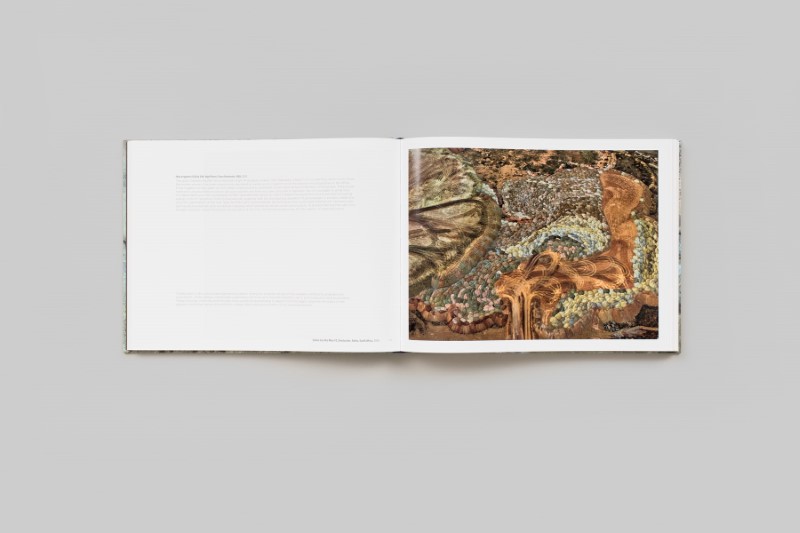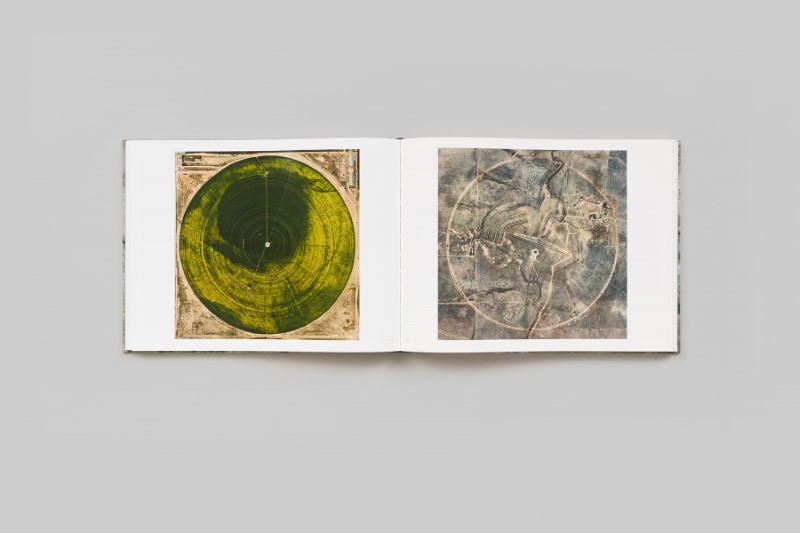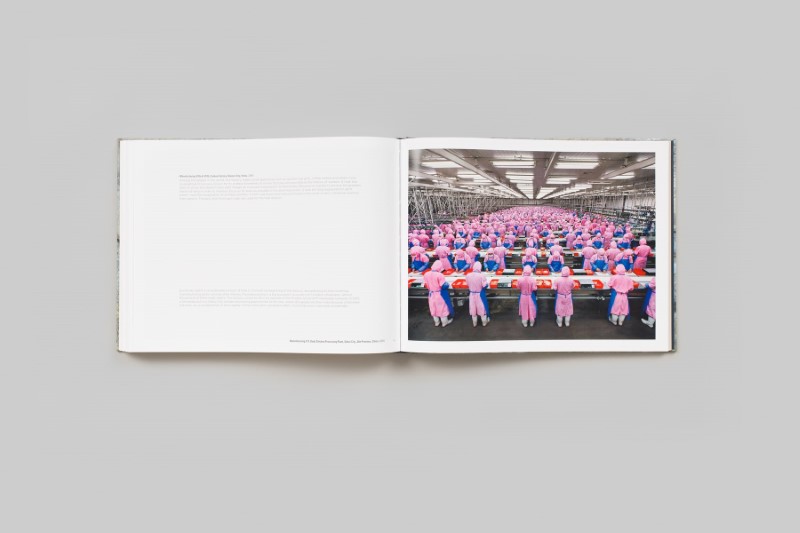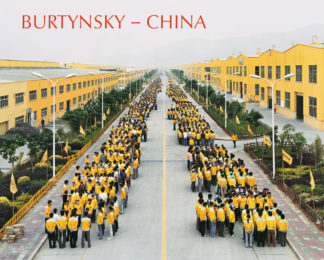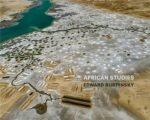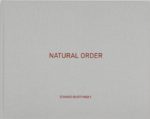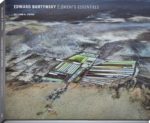Outre les photographies fascinantes d’Edward Burtynsky, le livre comprend des textes du célèbre historien de l’art Simon Schama, qui examine l’œuvre d’Edward Burtynsky à la lumière de la question « L’art peut-il aider à sauver le monde? » , et par le conservateur Marc Mayer, ancien directeur du Musée des beaux-arts du Canada, qui donne un aperçu des réalisations du photographe en tant que technicien, journaliste et artiste.
Extraction / Abstraction présente une dichotomie de l’impératif de Burtynsky en matière d’image : la documentation lucide et éclairée des processus d’extraction à grande échelle, et comment il transforme les paysages de l’industrie en abstractions complètes. D’autres thèmes essentiels de son œuvre tels que l’agriculture, la fabrication, les infrastructures et les déchets y trouvent également leur place. Avec plus de 130 planches en couleur, le livre comprend également une section spéciale, « Process Archive », qui présente des photographies inédites des coulisses de Burtynsky au travail au sol et dans les airs tout au long de sa carrière. Les archives donnent un aperçu de la progression de l’artiste à travers l’évolution du médium lui-même, des caméras grand format (argentiques) du milieu du Xxe siècle aux technologies numériques haute résolution du XXIe siècle, y compris des explorations en photogrammétrie et en réalité augmentée.
Alongside Burtynsky’s compelling photographs, the book includes texts by celebrated art historian Simon Schama, who examines Burtynsky’s work in light of the question “Can art help save the world?”, and by curator Marc Mayer, former director of the National Gallery of Canada, who provides an overview of the photographer’s achievements as technician, journalist and artist.
Extraction / Abstraction presents a dichotomy of Burtynsky’s image-making imperative: the lucid and informed documentation of large-scale extractive processes, and how he transforms the landscapes of industry into complete abstractions. Other essential themes in his œuvre such as agriculture, manufacturing, infrastructure and waste also find their rightful place here. With more than 130 color plates, the book furthermore has a special section, the “Process Archive,” featuring previously unpublished, behind-the-scenes photographs of Burtynsky at work on the ground and in the air throughout his career. The archive provides a glimpse into the artist’s progression through the evolution of the medium itself, from mid twentieth-century large-format analogue (film-based) cameras, through to twenty-first-century high-resolution digital technologies, including explorations into photogrammetry and augmented reality.


